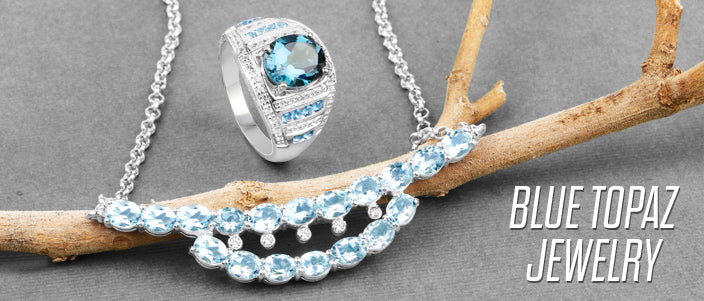Lab-created diamonds and cubic zirconia (CZ) are both popular alternatives to natural diamonds, but they have distinct differences:
-
Composition:
- Lab-created diamonds are made of carbon, just like natural diamonds. They have the same physical, chemical, and optical properties as natural diamonds.
- Cubic zirconia is a synthetic material made of zirconium dioxide (ZrO2). It is not a form of carbon and does not have the same properties as diamonds.
-
Hardness:
- Lab-created diamonds have a Mohs hardness rating of 10, which is the same as natural diamonds. This makes them very durable and resistant to scratches.
- Cubic zirconia has a Mohs hardness rating of around 8.5, which is still relatively hard but not as durable as diamonds. It can be more prone to scratches and wear over time.
-
Brilliance and Fire:
- Lab-created diamonds have the same brilliance and fire as natural diamonds, meaning they sparkle and reflect light in the same way.
- Cubic zirconia has a different refractive index and dispersion than diamonds, so it may appear more sparkly with more colorful fire, but it can also look more artificial to the trained eye.
-
Cost:
- Lab-created diamonds are generally less expensive than natural diamonds but more expensive than cubic zirconia. The cost savings come from the lab-grown process, which is less resource-intensive than mining.
- Cubic zirconia is significantly cheaper than both natural and lab-created diamonds, making it a popular choice for affordable jewelry.
-
Environmental and Ethical Impact:
- Lab-created diamonds are considered more environmentally friendly and ethical compared to mined diamonds, as they require less land and resource use, and there are no issues related to mining practices.
- Cubic zirconia is also produced in a lab, so it shares some of these environmental and ethical benefits.
In summary, lab-created diamonds are chemically and physically identical to natural diamonds but are more sustainable and affordable. Cubic zirconia is a synthetic material that looks similar to diamonds but is not as hard, durable, or valuable.




